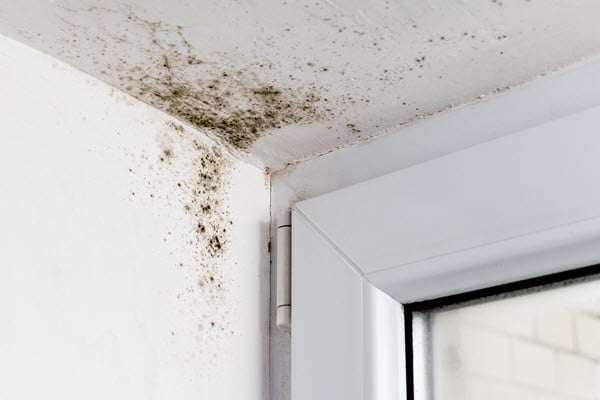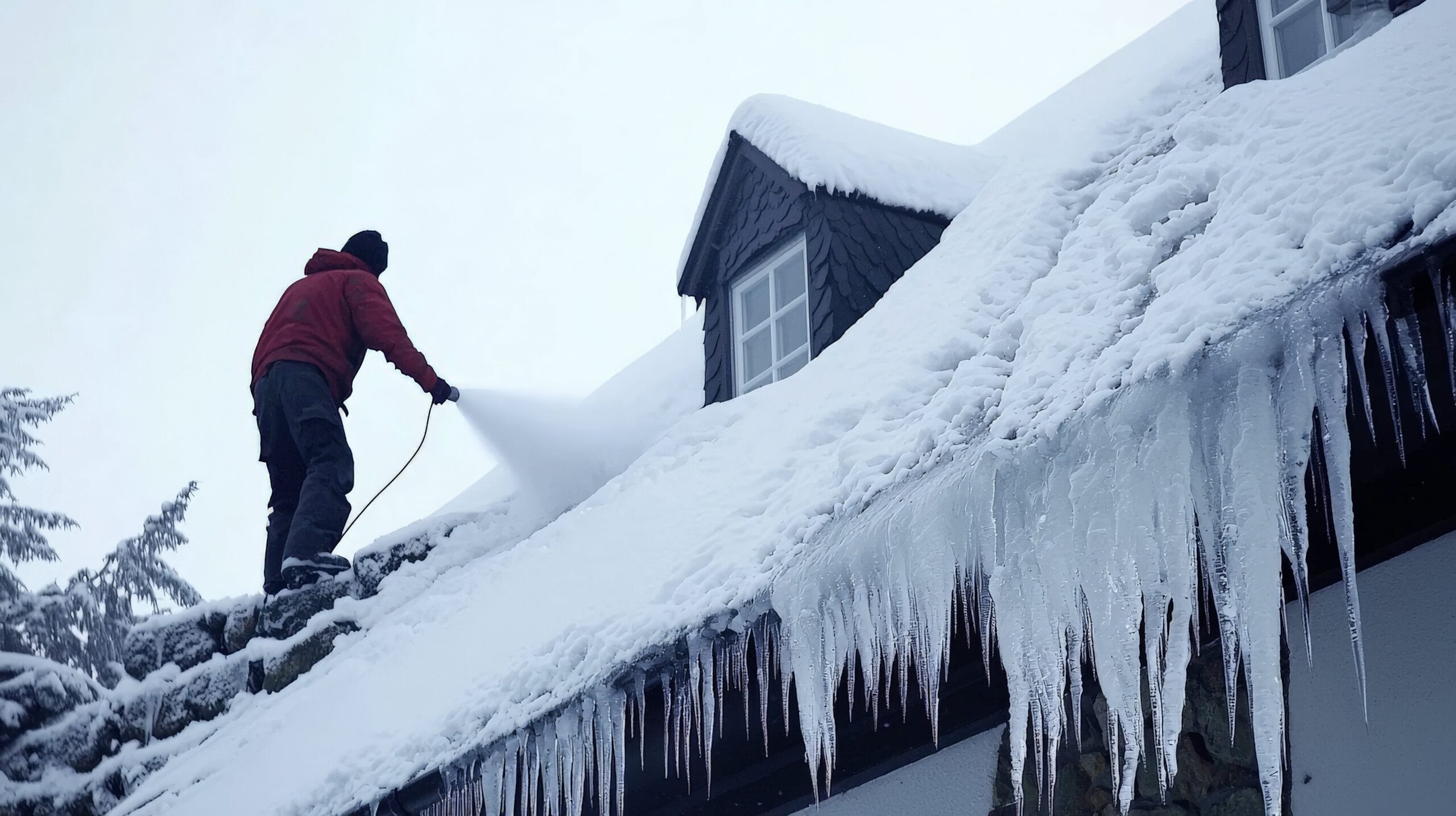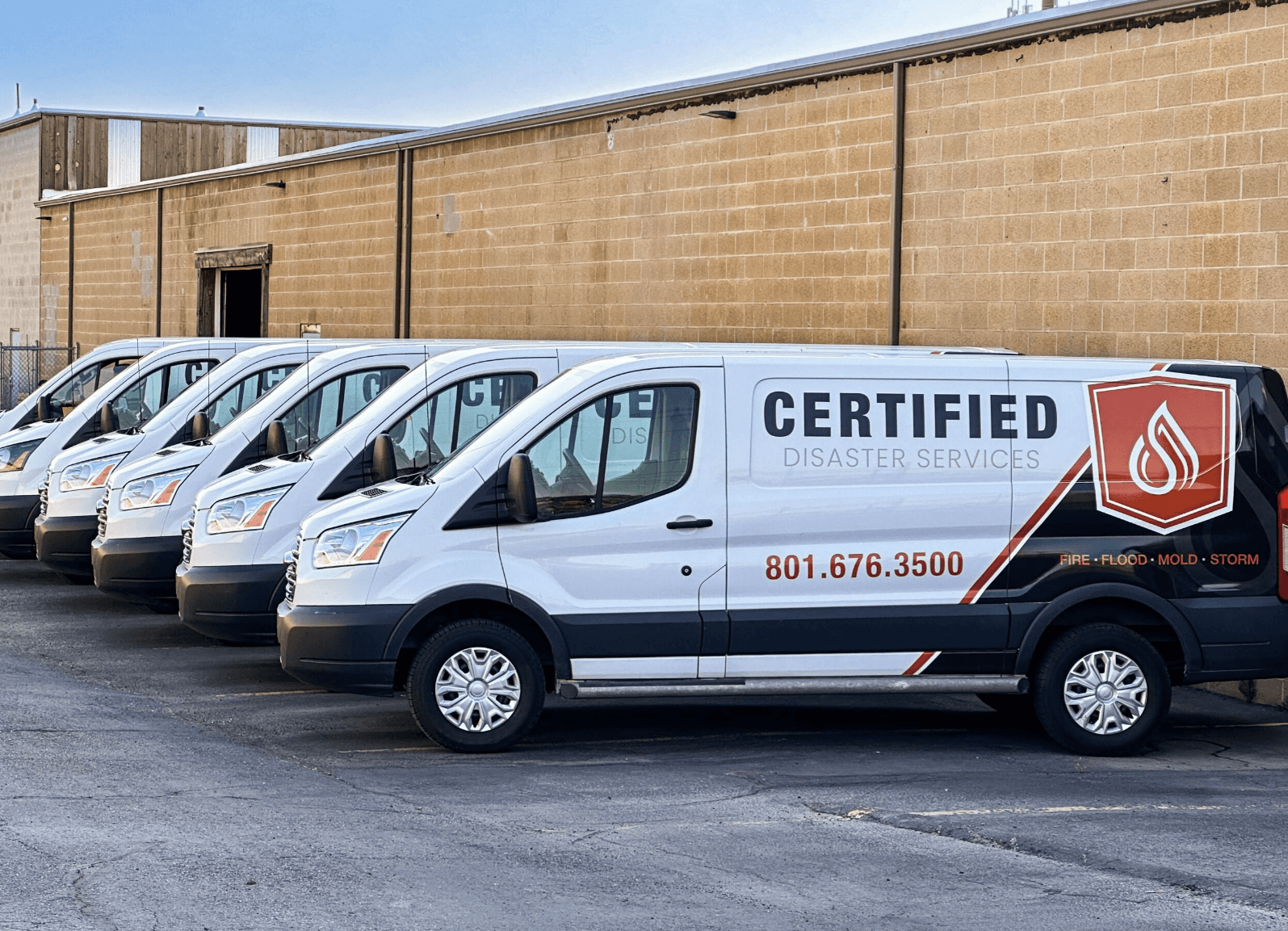Mold on your bathroom ceiling can be an unwelcome and unsettling sight. It’s a common issue in many households, especially in spaces with high humidity levels. If you’re curious about how to fix mold on the bathroom ceiling, or if you’re currently facing this problem and aren’t sure where to start, this guide is here to help. We’ll explore the ins and outs of bathroom ceiling mold, from its appearance to its potential health effects, and provide practical tips for prevention and remediation.
Understanding Bathroom Ceiling Mold
What does mold look like? Bathroom ceiling mold comes in various forms, but it’s often recognized as dark spots, specks, or fuzzy patches. You might also notice discoloration or staining on the ceiling. Mold can appear in different colors, including black, green, brown, or even white.
Mold growth typically progresses through three stages
Surface Growth: Initially, mold spores settle on surfaces, forming a thin, easily removable layer. At this stage, it’s relatively straightforward to clean.
Penetration: As the mold continues to thrive, it can penetrate the surface, making it more challenging to remove. It may start to damage the underlying materials.
Infestation: In severe cases, mold can infest an area, spreading rapidly and posing health risks. Extensive infestations require professional attention.
Health Implications of Bathroom Ceiling Mold
Mold growth in your bathroom can have implications for your health and well-being, including:
Respiratory Issues: Inhaling black mold spores can trigger allergies, asthma, and respiratory infections, leading to symptoms like coughing, sneezing, and congestion.
Irritation: Exposure to mold can lead to eye, nose, and throat irritation, making your bathroom a less pleasant place to be.
Allergic Reactions: Some individuals are highly sensitive to mold and may experience severe allergic reactions, including skin rashes and itching.
Common Causes of Bathroom Ceiling Mold
Understanding what leads to mold growth is essential for prevention. Bathroom ceiling mold can be caused by:
High Humidity: The steam and moisture generated during hot showers provide the perfect breeding ground for mold.
Water Leaks: A broken pipe in your ceiling or water leaks from the floor above can introduce moisture into your bathroom ceiling, creating a welcoming environment for mold to thrive.
Handling Large Mold Infestations
If you’re dealing with a significant mold infestation on your bathroom ceiling, it’s wise to call in professionals like us at Complete Restoration of Salt Lake. We have the expertise and specialized equipment to safely remove mold damage, prevent its return, and address any underlying issues that may be contributing to the problem.
Preventing Bathroom Ceiling Mold
Prevention is often the best approach to dealing with mold. Here are some essential tips on how to fix mold in bathroom:
Ventilation: Make it a habit to leave the bathroom fan on even after you’ve finished your hot shower or bath. Proper ventilation helps remove excess moisture.
Regular Cleaning: Routinely clean and disinfect your bathroom to prevent mold buildup. Pay extra attention to corners, crevices, and the area around your ceiling fan.
Address Leaks: Promptly fix any plumbing issues to prevent water intrusion into your bathroom ceiling.
Conclusion
Dealing with bathroom ceiling mold can be a challenging task, but with the right knowledge and action, you can keep it under control and stop mold growth in your bathroom. Understanding the different stages of mold growth, its potential health effects and the common causes are key steps. Remember, for extensive infestations, it’s crucial to seek professional help. The technicians at Complete Restoration of Salt Lake have the expertise and experience to do the job.





